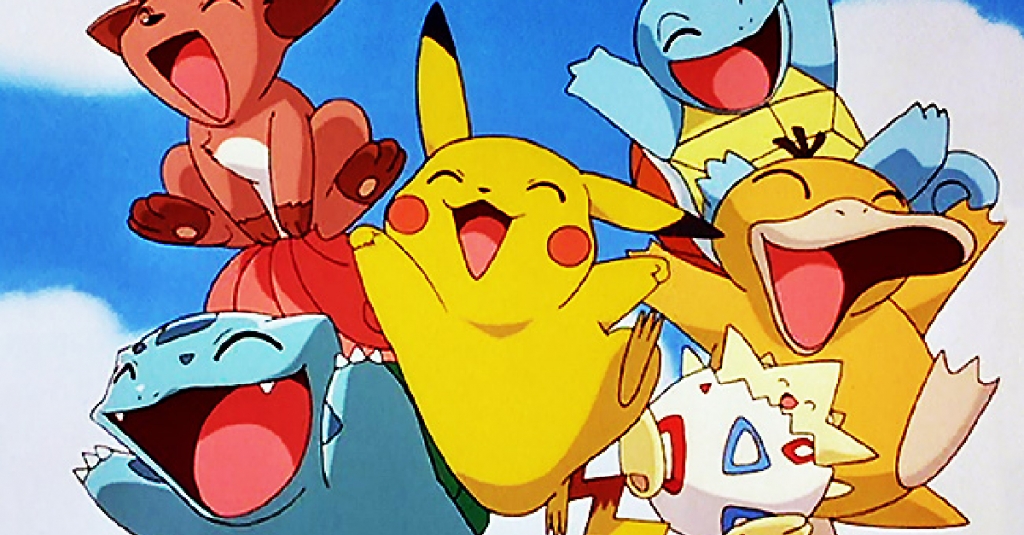On September 28, 1998, Pokémon Red and Blue hit shelves in North America. A week later — on my fifth birthday — I would get my very own Game Boy Light, a copy of Pokémon Red version, and at long last set off on my very first Pokémon journey. From that point on, my life and interests shifted dramatically, and I can pretty safely say if it weren’t for that clunky grey system and that little Red cartridge, I most likely wouldn’t even be sitting in this chair typing away about games every day. In short, Pokémon kinda sorta changed my life — and I know I’m not alone.
I am one of millions of kids who grew up alongside the series and fell completely in love with the wonderful world of Pokémon, and perhaps what’s even more fun to think about is the fact that our generation was just the beginning. In the 23 years since the Pokémon video game series launched in North America, the franchise has gone on to become the greatest-selling of all time at a whopping $105 billion in total revenue. Just to put that into perspective, that’s bigger than the Marvel Cinematic Universe and Star Wars combined. On top of much of this being attributed to Pokémon‘s nearly unwavering quality, so much of this is seems to be because series’ wasn’t made to start and stop with we kids who grew up in the 90s or early 2000s, but rather is one that speaks to both adults and children of every generation and pulls them in with simple gameplay and sweet creatures you oh-so-desperately wish were real.
So, in order to celebrate the series’ the world simply can’t get enough of, here’s a completely subjective (but hopefully fair!) ranking of all eight generations of the game from worst to best. As always, feel free to comment with your own ranking below because quite frankly I love hearing ’em.
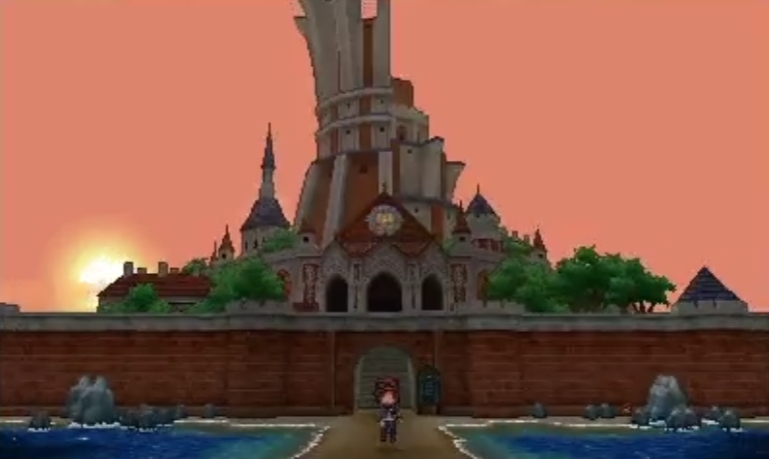
8. Generation 6: Pokémon X and Y
Region: Kalos
While it might be at the bottom of the list, I feel I should state X and Y aren’t bad games as much as they just don’t do quite as much as the rest of ’em do for me. While the series’ first trek into 3D and the game’s lovely, French inspired map makes gen six memorable, when it comes to its storyline and added pokémon there is a lot to be desired. By and large the best things this game did was introduce fairy-type pokémon, allowing for a better counter against dragon-types, and create mega evolutions, one of the series’ better gimmicks in recent years.
7. Generation 7: Pokémon Sun and Moon, Pokémon Ultra Sun and Ultra Moon
Region: Alola
For many people, generation seven is, well… their least favorite. And you know, I get it. Gen seven tried a lot of new things (arguably too many things), and ultimately I would agree that not all of it worked. Hell, it seems even Game Freak agreed, hence the pivot back to gyms for generation eight However, I do respect the fact that they tried new things and I think some of their ideas were a bit brilliant. Personally, I loved the team looking at evolution in the more scientific sense and introducing variant types of pokémon. I also think that by-and-large the Alola region is so unique and well thought-out. It feels cohesive and lived-in in a way previous areas don’t, which was a welcome breath of fresh air. While the trials felt inspired but ultimately fell flat and z-moves felt uninspired and were simply “okay,” overall there was enough charm to these games to at least bump it up from last place.
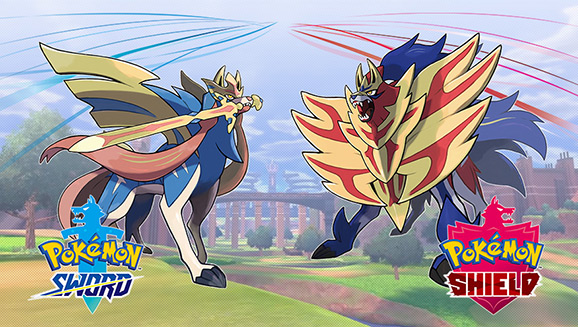
6. Generation 8: Pokémon Sword and Shield
Region: Galar
While the Nintendo Switch might not be the mightiest console on the market (by a lot, really), Nintendo and its developers have seemingly made a very concentrated effort to do the absolute most they can with the lil’ guy. More and more, we’re seeing classic Nintendo series embrace an open world design, and I gotta say, I think Pokémon‘s eighth generation did it with flying colors. The wild areas, cutsey camps, and cities that make up the Galar region create a world that feels massive and like a natural step forward for the series, and the line-up of new pokémon felt like a call back to the first game in the series in a really charming way. While a lot of people had a lot of gripes with Pokémon Sword and Shield‘s limited Pokédex at launch, to me it felt like a very valid way for newcomers to not be completely overwhelmed by the sheer number of pokémon we’ve now accumulated and encouraged longtime fans to mix it up and try new party dynamics. The game also had such unique character dynamics, it’s overarching story felt fairly different from any previous entries.
5. Generation 4: Pokémon Diamond, Pearl, and Platinum
Region: Sinnoh
I know gen four is incredibly beloved and I promise I’ll be the first one scolding myself if I go back to it when Shinning Pearl and Brilliant Diamond come out later this year and realize I should have placed them higher, but this is ultimately where I landed for now — sorry! All that said, the mechanical importance of gen four cannot be understated. Thanks to Diamond and Pearl, we got the physical and special stat split, a mechanic used in every game since that forces player to be more thoughtful about the stats and abilities of their party. It also was our first tease of the jump to 3D which was incredibly cool to see at the time and made the Sinnoh region even more fascinating and seemingly endless than it was. Last but certainly not least, when it comes to what generation had the most baring on future games, fourth might just take the cake. The legends and myths woven in the game are ones that are still important and talked about in games today, and make me all the more excited to replay it this winter and right before Pokémon Legends: Arceus.
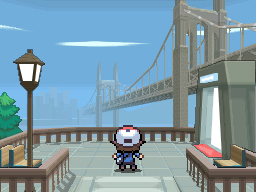
4. Generation 5: Pokémon Black and White, Pokémon Black and White 2
Region: Unova
In my opinion, generation five doesn’t get as much love as it deserves. I think part of that is because of the the fairly valid criticism that a lot of the pokémon the game added to series weren’t incredible (thought I’d argue ghost and psychic-type fans were eating well), but regardless, I think it’s largely overlooked. When it comes to which Pokémon games have hand-down the greatest, most nuanced, and most emotional plot, Black and White win in a landslide for me. Characters have arcs in these games, and I’d argue N is one of the series’ greatest characters period. Whereas most Pokémon games have a story as a vessel to take you through the game, Black and White‘s gameplay is a vessel to take your through its story. In addition, the land of Unova feels incredibly dynamic, with the most robust soundtrack the game has ever had, beautiful art direction, and the added element of seasons for you to traverse through.
3. Generation 1: Pokémon Red, Blue and Yellow
Region: Kanto
Perhaps the greatest argument that can be made for how wonderful the first generation of Pokémon games were is quite simply the state of the series now. Quite frankly all of these games and the entire “Pokémpire” would quite simply not exist if the first Pokémon games wasn’t such a stellar introduction to the series. Now, being the first in the series its safe to say — and natural — that gen one quite simply doesn’t offer everything later entries later added to it. However, this doesn’t feel like a lack as much as it feels like the game is simply streamlined and incredibly accessible — like a first entry should be. It introduced the now iconic battle mechanics of the series, created arguably still the most versatile roster of critters we’ve ever gotten in a Pokémon game, established the game’s main players (gym leaders, a professor, a rival…), and had an open enough world with a loose enough story to where folks truly felt they were beginning their own Pokémon adventure when they began. I tried my hardest writing this entry to make sure the nostalgia goggles were off, but truly it just deserves all the heaps of praise it gets.
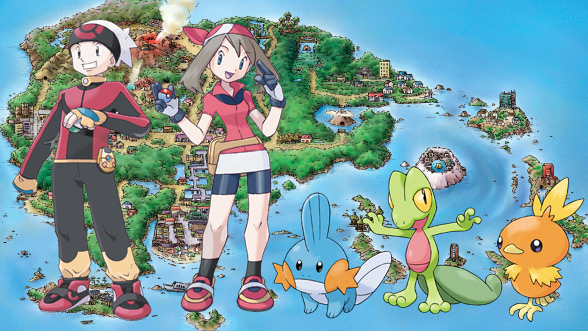
2. Generation 3: Pokémon Ruby and Sapphire
Region: Hoehn
Much like generation four, generation three did some serious work for making Pokémon — primarily pokémon battles — a whole lot more interesting. In gen three, the Pokémon battle system got next to a complete overhaul as abilities, natures, and the game’s EV/IV system was implemented. These changes ultimately transformed the series’ into one that required way more thinking than ever before, created an incentive for folks to truly be the best and try to take down every trainer in the Battle Frontier, and, by large, added a competitive edge folks had been wanting. However, as we all know, fighting is only a small part of what makes a Pokémon game great. Gen three also triumphed in creating a world that felt almost fantastical and interwoven with nature in a way previous entries were not. It didn’t feel like you were in a human world inhabited by pokémon as much as it felt like you had been transported to a type of living you’ve never known.
1. Generation 2: Pokémon Gold, Silver, and Crystal
Region: Johto
To this day, there isn’t a Pokémon generation around that makes the world of Pokémon feel as interconnected as it’s second — which is probably why I was utterly obsessed with it as a kid. With its direct link to Kanto (which also makes for a fantastic post-game full of borderline emotional moments) and eventual ties to Sinnoh, this is the title that really start to put how the games relate to one another into perspective and creates a world, not just a place. At the same time, the Japanese-inspired Johto region in itself also feels complete, beautiful, vast, and freeing. The second gen titles also did a stellar job of taking the same sort of loose story and push towards exploration that made the first one so popular, and doubling down, making the player feel less like they were on a straightforward quest and more like they were on a journey. Last but not least, the 100 pokémon the game added were a perfect mix of ones with connections to the previous generations’ and ones that felt entirely new. In short, the game did everything a sequel should do, on top of firmly planting down Pokémon‘s roots as a powerhouse series that was destined to go places.

